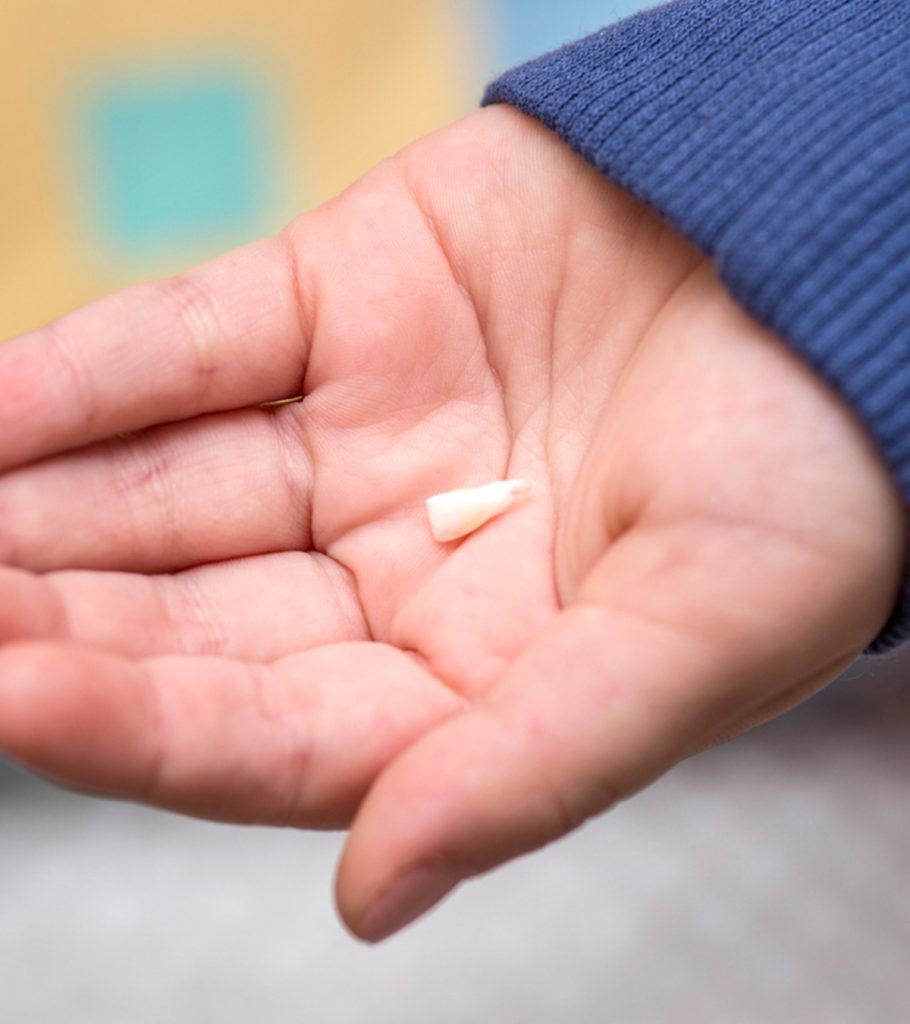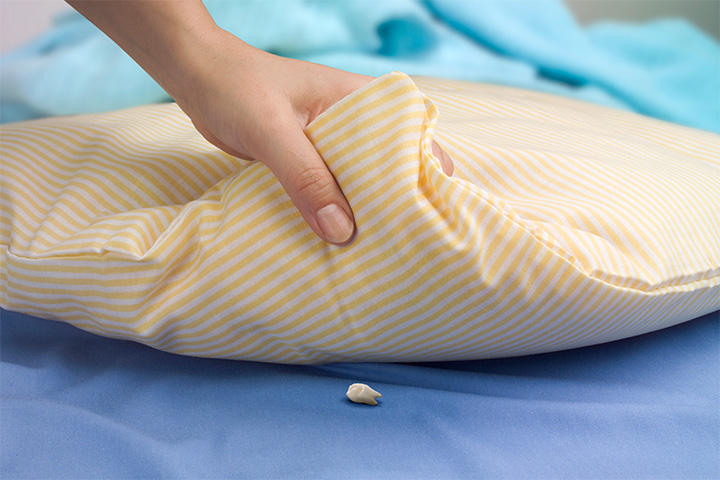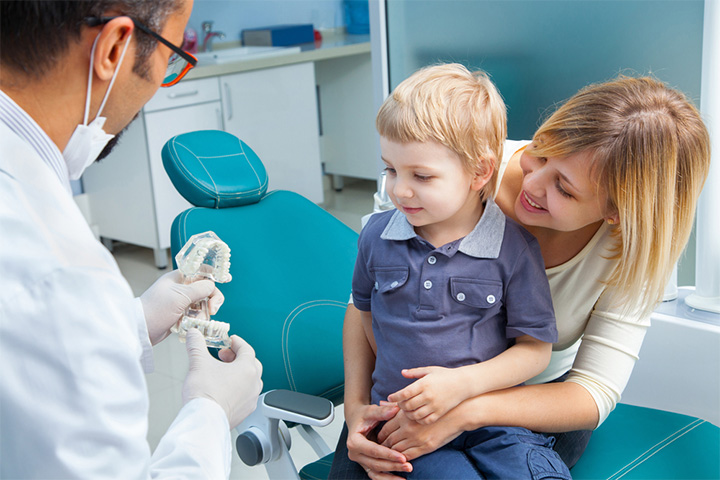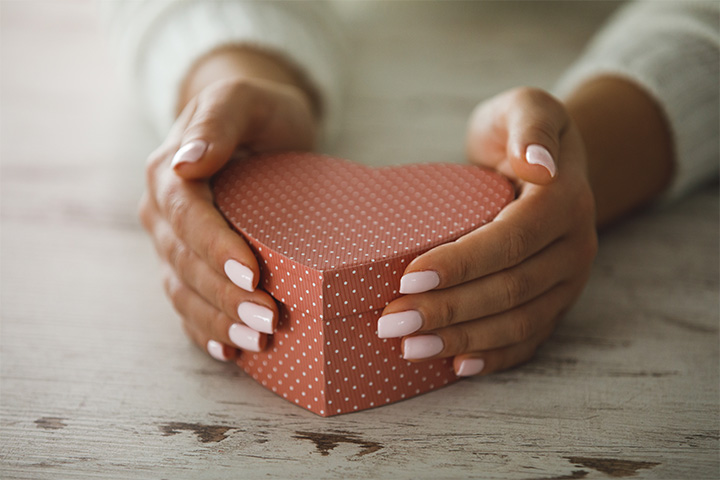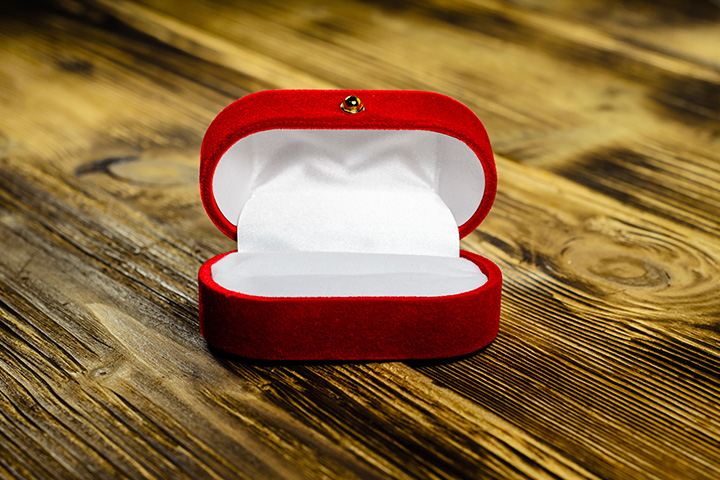As a parent, you want to treasure every memory from your child’s development years. Hence, many parents save their child’s baby teeth. They may also do this to turn them into a memorable gift for the child when they grow older or to play out the child’s belief in the tooth fairy. Aside from these reasons, another incentive for keeping your child’s fallen teeth is also that they are a great source of stem cells (1).
Read this post to know why some parents save their children’s milk teeth, how to keep your children’s fallen baby teeth in good shape, what tooth preservation kits are, and how much it may cost to store baby teeth.
Why Do Parents Preserve Their Children’s Baby Teeth?
Here are a few possible reasons parents preserve their children’s teeth.
- Tooth fairy visit
As soon as a child’s milk tooth falls, it leads to excitement in children, as it’s time for the tooth fairy to arrive. Although a myth, little children find immense pleasure in keeping their fallen milk teeth under their pillow overnight in the hope of finding a gift they wanted in place of it in the morning. An anonymous mother whose eldest son is losing molars remembers the story that her mother shared with her while she was experiencing the same. She says, “I was told as a little girl that the tooth fairy takes our tooth and places the tooth in the sky, and then picks any star to turn into stardust. When she sprinkles the dust, it turns into currency! The money is placed under the pillow. Under my pillow, she left a dollar each time, it didn’t matter on the tooth, but in those days, we had penny candy, not these days (i).”
- Keepsake for parents
Falling milk teeth is a sign that a child is growing up, which can be emotional for parents. Your child’s primary teeth can be a great keepsake for you for years to come.
- Gift for when the child turns older
A personalized item made from your child’s fallen and preserved milk teeth makes for a unique gift when they turn older. Imagine your child’s expression when they know their special gift was in the making for so many years. When your grown child is going through doubt that you ever cared about them, they will be touched to know you thought even their discarded teeth were worth saving. Maybe you do love them after all.
- Source of stem cells
Stem cells are found in tissues, such as the umbilical cord and the pulp of primary teeth and permanent teeth. These cells have remarkable regenerative properties that can help protect your child against many diseases and conditions in the future. Preserving your child’s baby teeth and banking them for these stem cells is highly recommended.
Stem cells have a remarkable potential for renewal. Due to this, they can give rise to different types of cells and tissues (2).
Recent research suggests that the pulp tissue is an excellent source of dental stem cells. These cells can be harvested from a child’s milk teeth as well as permanent teeth in children and adults (2). Younger teeth, particularly deciduous baby teeth, provide higher-quality DNA compared to permanent adult teeth. The pulp, rich in DNA-containing cells, is the primary target for extraction as its volume and cellularity decrease with age. The DNA that’s recovered is analyzed through standard molecular biology methods. Despite challenges with aged teeth, extracting DNA from an old baby tooth is more promising than from fully matured teeth, offering a greater likelihood of obtaining a usable DNA profile (3).
What Are Some Ways To Preserve Your Baby’s Teeth?
If you wish to preserve your baby’s milk teeth for stem cell banking, contact your pediatric dentist or tooth bank as soon as your baby’s tooth falls out. The fallen milk tooth can be stored in cow or buffalo milk until it is collected by the tooth banking agency (4)
However, if you wish to preserve your baby’s teeth for their sentimental value or for playing along with your child’s tooth fairy fantasy, you can follow the following steps:
- Clean the teeth
Once your child’s baby tooth falls, clean it gently with soap and water.
- Disinfect
While cleaning with soap and water will remove the surface dirt, blood, and saliva, you might want to disinfect the tooth. To do this, you can brush the surface of the tooth with alcohol.
- Air-dry it
After cleaning and disinfecting the tooth, air-dry it. Drying the tooth prevents the growth of bacteria. You can use a dry cloth to wipe the tooth or place it in the Sun to remove the moisture.
What Are Tooth Preservation Kits?
To preserve your child’s teeth for stem cell banking, you will need to keep them in an appropriate kit. Although you can place the newly fallen teeth in a container of milk, tooth preservation kits are available for this purpose.
The American Dental Association (ADA) recommends that parents of young children keep an emergency tooth preservation kit handy. This kit consists of a container filled with sterile balanced salt solution (BSS), which is ideal for preserving your child’s fallen teeth (5).
This kit is also recommended in cases where a child’s tooth is accidentally knocked off. In these cases, you might want to visit your pediatric dentist within 30 minutes so that your orthodontist can try and fix the child’s tooth back in its socket (6). However, this is possible only with permanent teeth and not exfoliated milk teeth.
What Is The Cost To Store Baby Teeth?
Contact a tooth bank or tooth stem cell agency that collects and preserves babies’ fallen milk teeth. The average cost of collecting the tooth can range from $1,500 to $1,749, while the yearly cost of storing it for preservation averages around $120 (7).
Ideas For Preserving Your Baby’s First Tooth
Once you have safely cleaned and saved your baby’s milk tooth or teeth, you could try different ways to preserve them. Here are a few popular options you can try.
1. Keepsake box
The traditional practice of preserving baby teeth is followed by many parents across the globe. Thus, it is not difficult to find keepsake boxes, many in the shape of a tooth, to preserve your baby’s fallen milk teeth and give them a dedicated space.
2. Baby book
Many parents keep a baby book or journal to record their baby’s achievements – from their first words to their first nursery rhyme. Keeping your baby’s milk teeth in envelopes and within the baby book is a great way to preserve them all in one place.
3. Tooth jewelry
You could also make a beautiful souvenir from your baby’s fallen milk teeth. Take them to an artisan and let them embed them as pendants and lockets for jewelry. Many of these craftsmen use materials to cover the tooth to preserve and protect them, and at the same time, add their dash of creativity to bedazzle them. This makes for a sentimental yet fashionable piece of jewelry.
4. Shadow box
Your baby’s milk teeth can be a great addition to a shadow box. It can be a great piece of decor in their nursery or room for years to come.
5. Repurposed ring box
If you are looking for the perfect box to keep your baby’s fallen milk teeth, try repurposing a ring box that may be lying around in your house. The folds in the ring box are perfect for holding your little one’s teeth.
Storing a baby’s fallen milk teeth may have emotional or medical significance. For example, parents may save baby teeth as a memory of their childhood, to make souvenirs as gifts to their grown-up children, or for stem-cell retrieval. If your purpose is stem-cell banking, store it in milk till collection or use a preservation kit. Other than that, the tooth needs to be cleaned and disinfected before storage. Later, they may be included in your baby journal or embedded into pendants, lockets, or other jewelry pieces.
Key Pointers
- Some unique reasons to save baby teeth are the much-awaited tooth fairy visit, source of stem cells, and a keepsake for parents.
- You can clean and disinfect them before storing them in tooth preservation kits.
- Some ideas to preserve your baby’s first tooth are a keepsake box, enveloped in a baby book, or you can also make tooth jewelry.
